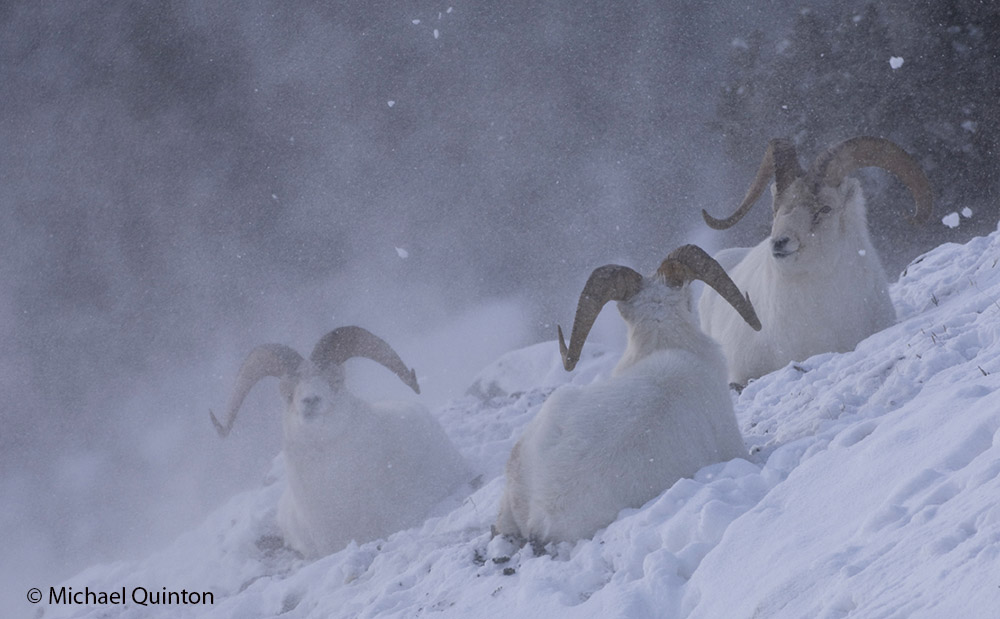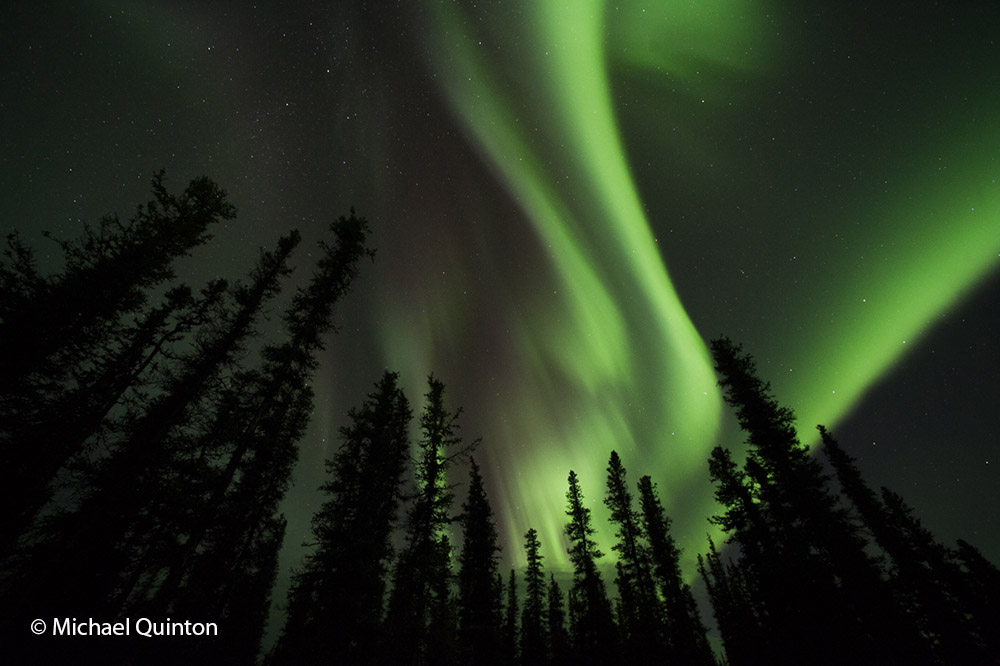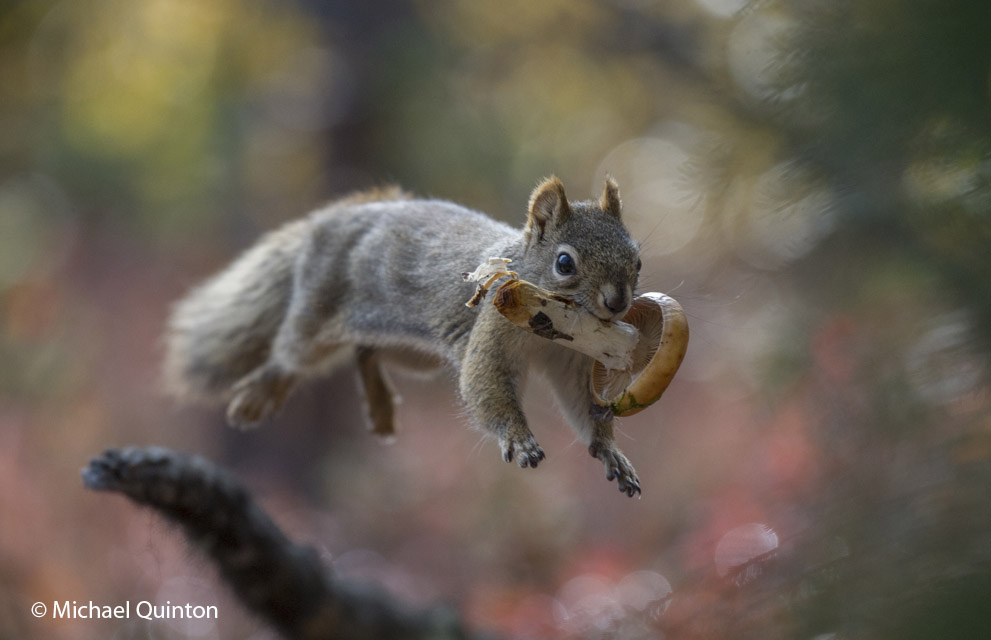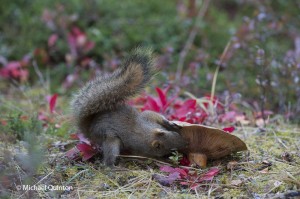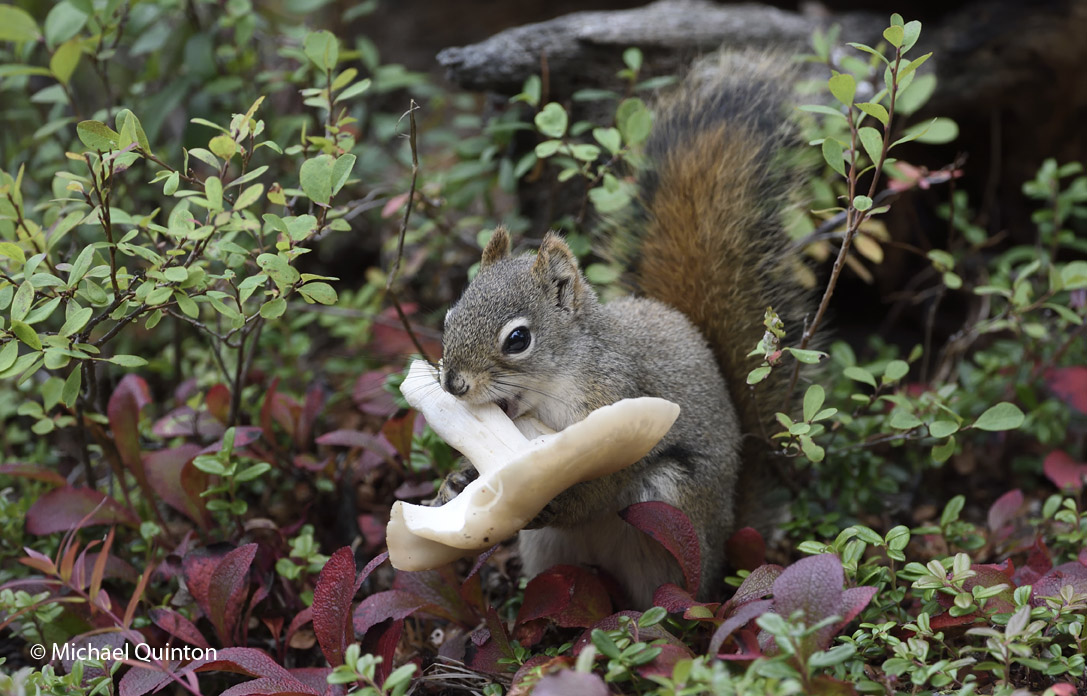 A ruffed grouse male moves slowly through thick cover as it feeds on buds, last years berries and new leaves.
A ruffed grouse male moves slowly through thick cover as it feeds on buds, last years berries and new leaves.
Interior Alaska is definitely spruce grouse country. But along creeks and river bottoms, in old burns, in fact almost anywhere where several species of trees grow in thickets, narrow veins of ruffed grouse habitat can be found. Along the Slana River not far from where it enters the still modest Copper River, aspen, poplar, birch, white and black spruce, alder and a jumble of willow species form thickets where the cryptic ruffed grouse lives. Rose and high bush cranberry in the understory provide year round food for the few grouse that survive there. Continue reading

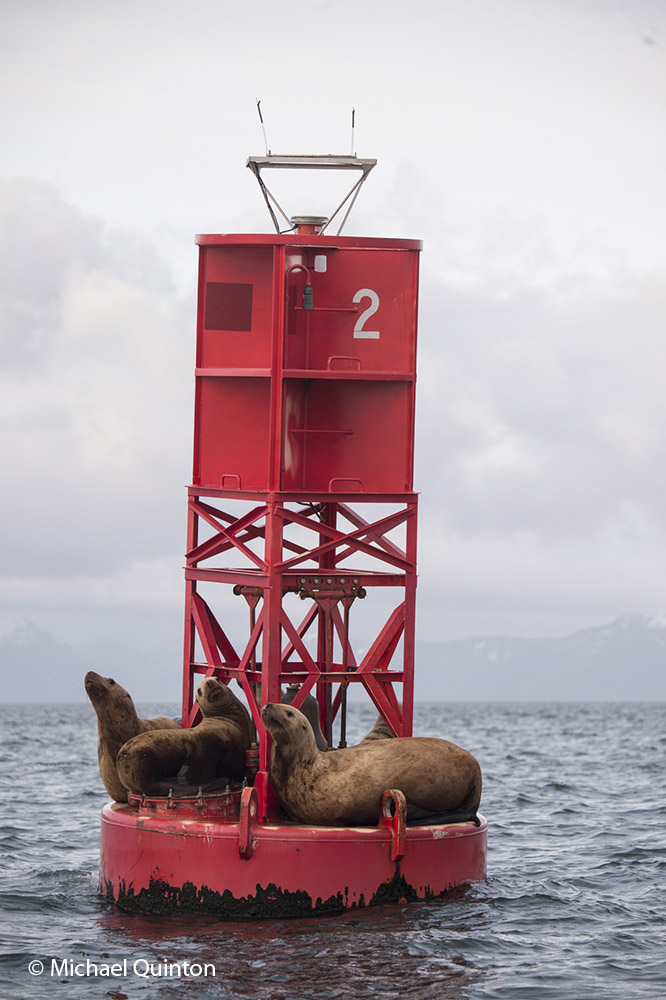
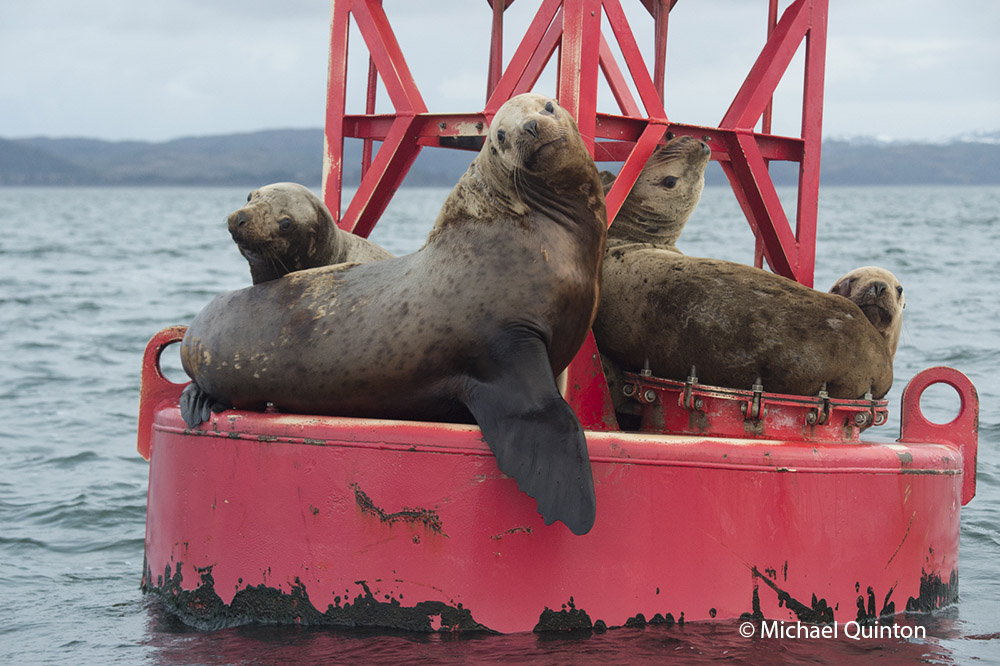
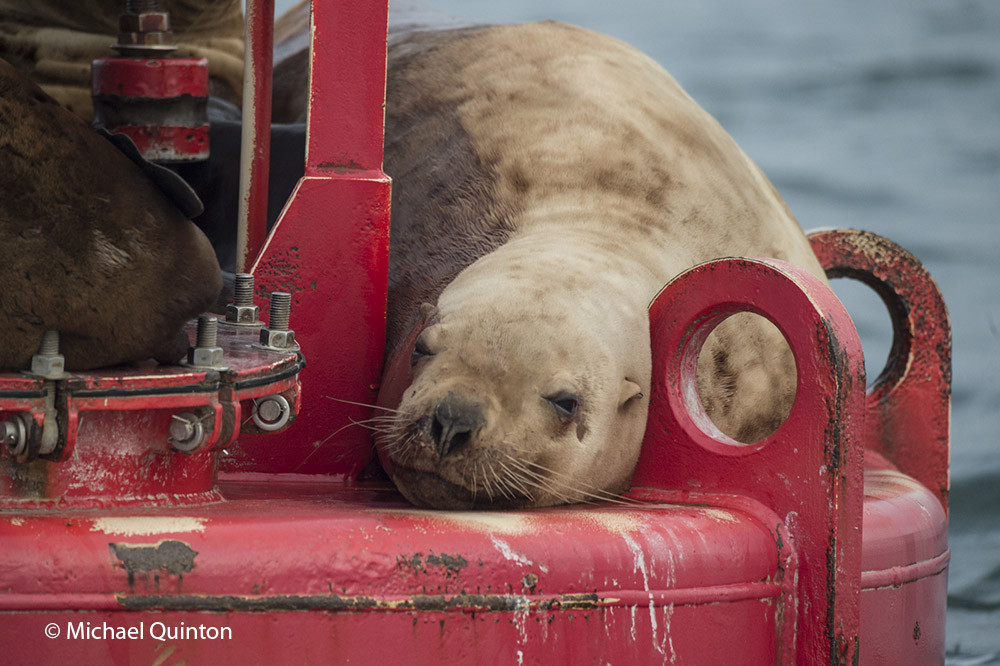
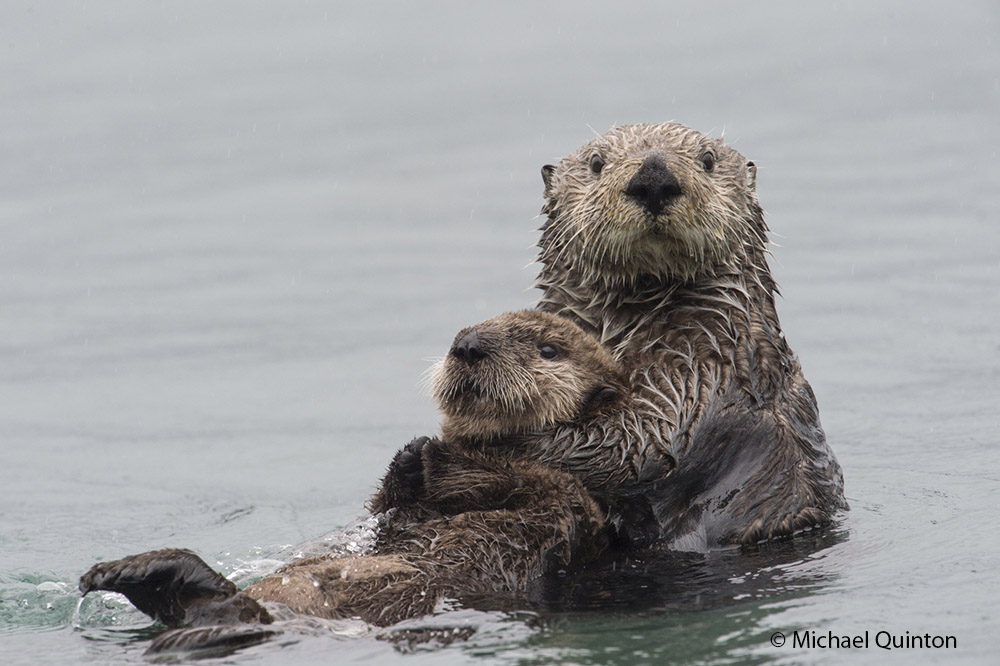
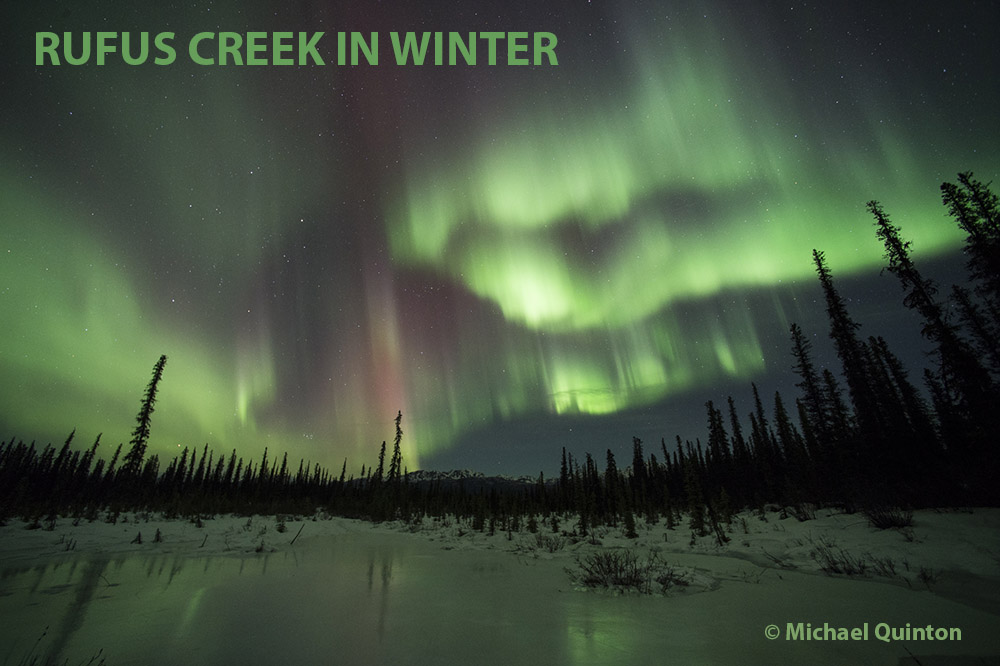
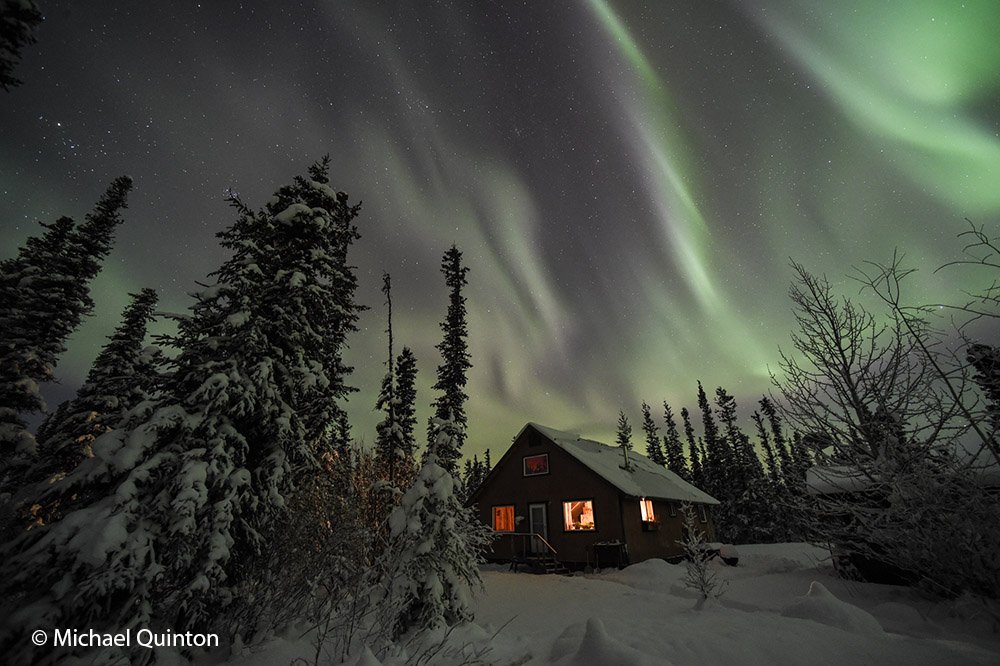 Our home in the wilderness.
Our home in the wilderness.